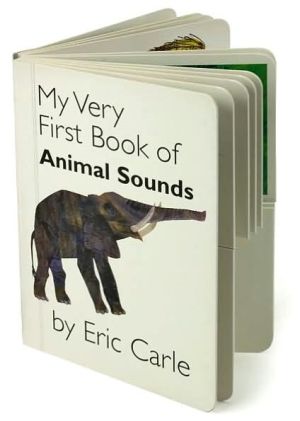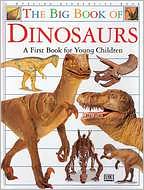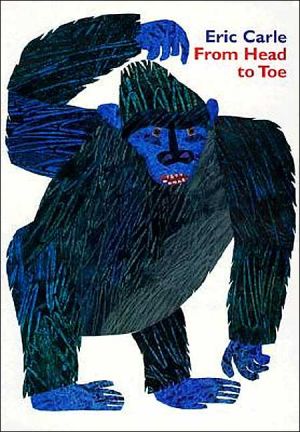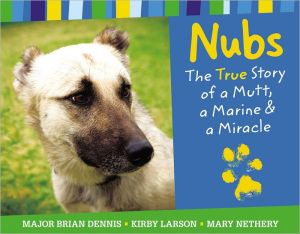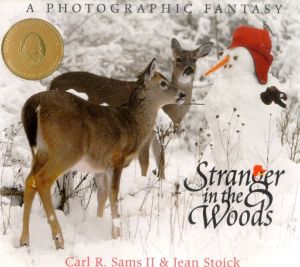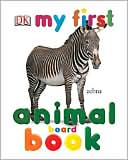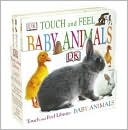Two Bobbies: A True Story of Hurricane Katrina, Friendship, and Survival
from Newbery award winning author Kirby Larson comes a remarkable true story of the devotion, friendship, and survival of two pets left behind in the wake of Hurricane Katrina. In the tradition of Owen and Mzee, this beautiful picture book is a testament to the spirit that defined post-Katrina rescue missions. During Hurricane Katrina, evacuating New Orleans residents were forced to leave their pets behind. Bobbi the dog was initially chained to keep her safe, but after her owners failed to...
Search in google:
Bobbi and Bob Cat are the best of friends. When their hometown of New Orleans was struck by Hurricane Katrina, many lost everything. But not Bobbi and Bob Cat—they still had each other. Only by staying together could they survive. This is the story of their remarkable friendship.BooklistNeither Bobbi the dog nor Bob Cat has a tail, and some say that's what brought them together." Abandoned during the Katrina evacuations, pets Bobbi and Bob Cat wander dangerous, debris-strewn streets seeking food and water. Eventually taken to a rescue shelter, the Bobbies show distress when separated but remain calm when together. Workers then discover that Bob Cat is blind and that Bobbi seems to serve as his seeing-eye dog. A national news appearance ultimately results in the animals' shared adoption in a happy new home. The descriptive, sometimes folksy prose and realistically rendered gouache illustrations accessibly convey the Bobbies' experiences and mutual devotion. An afterword, with a photo of the real-life furry friends, notes the parts of the narrative that are speculative, such as the animals' preshelter experiences. This moving story about the importance of friendship and home highlights the plight of the hurricane's lost and left-behind animals, as well as the value of animal shelters.
\ BooklistNeither Bobbi the dog nor Bob Cat has a tail, and some say that's what brought them together." Abandoned during the Katrina evacuations, pets Bobbi and Bob Cat wander dangerous, debris-strewn streets seeking food and water. Eventually taken to a rescue shelter, the Bobbies show distress when separated but remain calm when together. Workers then discover that Bob Cat is blind and that Bobbi seems to serve as his seeing-eye dog. A national news appearance ultimately results in the animals' shared adoption in a happy new home. The descriptive, sometimes folksy prose and realistically rendered gouache illustrations accessibly convey the Bobbies' experiences and mutual devotion. An afterword, with a photo of the real-life furry friends, notes the parts of the narrative that are speculative, such as the animals' preshelter experiences. This moving story about the importance of friendship and home highlights the plight of the hurricane's lost and left-behind animals, as well as the value of animal shelters.\ \ \ \ \ Children's Literature\ - Mary Quattlebaum\ Adversity can turn even sworn foes into friends, as witness this true tale about a dog named Bobbi and a cat named Bob Cat. During and for four months after Hurricane Katrina, these two stuck together in the flood-ravaged city of New Orleans. Finally, a kindly construction worker finds them and brings them to a temporary animal shelter, where the two refuse to be separated. Adoption of both by a compassionate ranch owner in Oregon brings about a happy ending. Through this story, young readers gain a better understanding of the devastation caused by this particular hurricane and other natural disasters. Illustrator Jean Cassels (a New Orleans resident herself) vividly conveys the perils of the two friends in gouache paintings that show fallen trees, floating furniture and damaged homes. Reviewer: Mary Quattlebaum\ \ \ School Library JournalK-Gr 3\ Simple prose introduces two animals, a cat and a dog, that survived Hurricane Katrina in New Orleans, and, after four months of wandering, were rescued by the Best Friends Animal Society. The narrative is obviously part supposition as the original owners were never found, despite efforts to locate them. Since both pets had bobbed tails, a shelter volunteer named them Bob Cat and Bobbi, hence the book's title. It was soon discovered that Bob Cat was blind, making his survival even more amazing and underscoring the idea that the two critters relied on one another during their ordeal. The terrifying event is told about in a matter-of-fact way, with the text concentrating on the "feel good" aspect of the two Bobbies. The gouache illustrations, done in soft pastel shades, present realistic glimpses of the devastated city that serve as a backdrop for the animals' struggles. An afterword includes a photo and additional information. An excellent introduction to Katrina for young children, this touching animal tale memorializes a modern catastrophe and pays tribute to the many volunteers who traveled to New Orleans to help.-Judith Constantinides, formerly at East Baton Rouge Parish Main Library, LA\ \ \ \ \ \ Kirkus ReviewsLarson and Nethery relate the true story of a dog and a cat, both tailless, that come to be called Bobbi and Bob Cat, respectively. Abandoned in New Orleans after Hurricane Katrina, the inseparable duo wander the devastated city for months before being taken into an animal shelter and then finally to a new home on a ranch in Oregon. The improbability of the pair's survival is heightened by the astounding discovery that Bob Cat is blind and surely would not have persevered without Bobbi's protection. While the sometimes gritty realism of Cassels's illustrations successfully captures the essence of the storm-ravaged yet resilient city, the authors, presumably in an attempt to avoid sensationalism, unfortunately rob this story of much of its inspirational quality through the flat, journalistic language they employ. As it presents a story that deals with the tragedy of the storm yet focuses on hope and triumph, this effort will likely hold much appeal for survivors of natural disasters, particularly Katrina. If only the telling itself had a little Crescent City flair. (Picture book. 7-10)\ \

